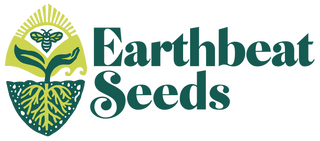Native to southern Europe and northern Eurasia, Hyssop came to North America with the early European colonists in the early 17th century. Over time this valuable plant was naturalized and today it is sometimes found wild in North America from Quebec to Montana down south all the way to North Carolina. Hyssop (Hyssopus officinalis) is an easy-to-grow member of the mint family and forms attractive rounded bushes ranging from 1 to 3 feet with clusters of violet-blue, pink, or white flowers which form dense spikes.
Plants bloom from summer to fall and the bees love it. The Honeybee in particular flocks to hyssop when in bloom. Once upon a time beekeepers would rub the outside of their hives with Hyssop to attract a swarm. Hyssop also attracts hummingbirds and butterflies, is believed to deter pests from the garden, makes a nice companion plant in a vegetable garden and will bring in pollinators to fertilize your crops.
Hyssop has been used traditionally for centuries for a whole range of ailments from epilepsy to TB to snakebites. Famed botanist and herbalist John Gerard recommended gargling a decoction of Hyssop for a sore throat. Modern herbal practitioners recommend Hyssop teas for respiratory illnesses, to induce sweating, and to help relieve intestinal distress. Hyssop extracts have also been shown to have potent antiviral properties and hold a valuable place in a herbal garden for overall support for many modern ailments. Added to soups and salads, this herb will impart a slightly bitter aromatic and health benefit.








